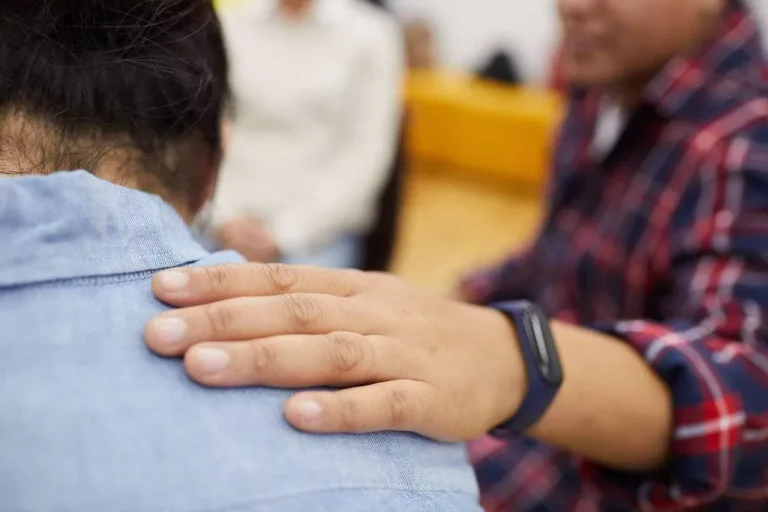
For example, an adult who experienced abandonment as a child might feel triggered from an unanswered text. The uncertainty of why they didn’t receive a response may cause them to relive feelings of abandonment. The word “triggered” is used more casually nowadays, which has likely caused some confusion.
Make a plan
Resilience equips individuals with the strength to weather challenges, adapt to change, and persist in their recovery journey. In doing so, it fosters personal growth and self-confidence, fortifying the path toward sustained recovery. The removal of external triggers can be as simple as a change in scenery or new group of friends. Unfortunately, internal triggers – feelings and moods – can also impact the success of rehabilitation. In order to ensure a happy and long-lasting recovery, addicts must identify both external and internal triggers.
What Are Relapse Triggers?
About 40-60% of those struggling with addiction relapse following treatment. Whether your triggers are emotional distress or a specific situation, it is essential that you know what compels you to use when trying to lead a life of sobriety. Understanding what triggers you to relapse and having a plan in place for these triggers are your first steps toward prevention. Understanding and managing external triggers is a crucial part of the recovery journey. It requires vigilance, resilience, and a commitment to ongoing self-improvement. But with the right support and resources, individuals can effectively navigate these challenges and continue on their path to recovery.

How to Identify and Cope With Your PTSD Triggers
If you find yourself in high risk situations that could trigger a relapse, you should immediately reach out to someone that you can trust and who is supportive of your recovery. Talking through the trigger and enlisting someone else’s help can provide you with the motivation and assistance needed to overcome the trigger and stay sober. Get https://ecosoberhouse.com/ out a sheet of paper and write down as many internal and external triggers as possible. Keeping track of your experiences and what was happening before you began to experience symptoms can help you better understand your triggers. One common trigger source that is particularly effective at causing distress and drug cravings is smells.
- Specialists often recommend “thought stopping” strategies, the development of refusal skills, and the avoidance of high-risk situations.
- What may be a normal, everyday situation or minor inconvenience for some may be triggering to someone living with mental illness.
- Internal triggers can evoke a wide array of emotions, including stress, anxiety, depression, and even trauma, which can increase the risk of relapse.
Triggers typically elicit strong negative emotions such as fear, anger, or shame. People may feel unsafe or threatened and, as a result, may react by panicking, trying to escape the situation, crying, acting out, or becoming defensive. By Matthew Tull, PhDMatthew Tull, PhD is a professor of psychology at the University of Toledo, specializing in post-traumatic stress disorder. Even though it may sometimes feel like PTSD symptoms come out of the blue, PTSD symptoms rarely spontaneously occur.

The steps are about understanding yourself, making positive changes, and learning to help others. The 12th step can be applied by helping an addict who has relapsed to return to recovery. Imagine attending a cocaine addiction treatment center where they teach you about the 12 steps of Alcoholics Anonymous. You learn about how to identify your higher power and how to accept that you are powerless over your addiction.
- Asking the right questions and taking the correct steps can enable people in recovery to healthily transition to their normal life without risking a relapse.
- It is easier to avoid a particular person or situation than to avoid feeling angry, sad, or depressed.
- These, and countless other things, are prime examples of external triggers, and they are going to be largely unavoidable.
- Recognizing and addressing these common relapse triggers allows for proactive management, thus reducing the likelihood of reverting to substance use.
- We publish material that is researched, cited, edited and reviewed by licensed medical professionals.
- Feeling triggered isn’t just about something rubbing you the wrong way.
Relapse Risk Factors
You probably experience nervousness, frustration, pressure, fatigue, embarrassment or boredom from time to time in your everyday life. While some people process these feelings easily and let them roll off their back, individuals in recovery can have a hard time managing these emotions. Sometimes there are physical things or items that create the desire to use in an individual or otherwise trigger their addiction. The individual should have relapse prevention plans in place to help deal with the potential triggering caused by items they may encounter. This is important because it may not be possible or feasible to avoid them at all times. Strategies should seek to eliminate, avoid and reduce the impact of triggers and emotional reactions.
Someone exposed to a trigger while symptomatic may be more vulnerable and the emotional reaction may be stronger. Additionally, a trigger can impair judgment and some people may lack insight about their reactions. Identifying your triggers is often the first step in learning how to cope with and manage them. Experiencing triggers can affect your emotional state and may increase the desire to use substances again. Deciding to get treatment for substance use disorder can be a life-changing decision.
But recovery is a journey, and there are many other tools in treatment that can support your sobriety. First, know that experiencing internal and external triggers triggers in recovery is not a sign of failure. It is common for people in recovery to face triggers in their journey to wellness.
